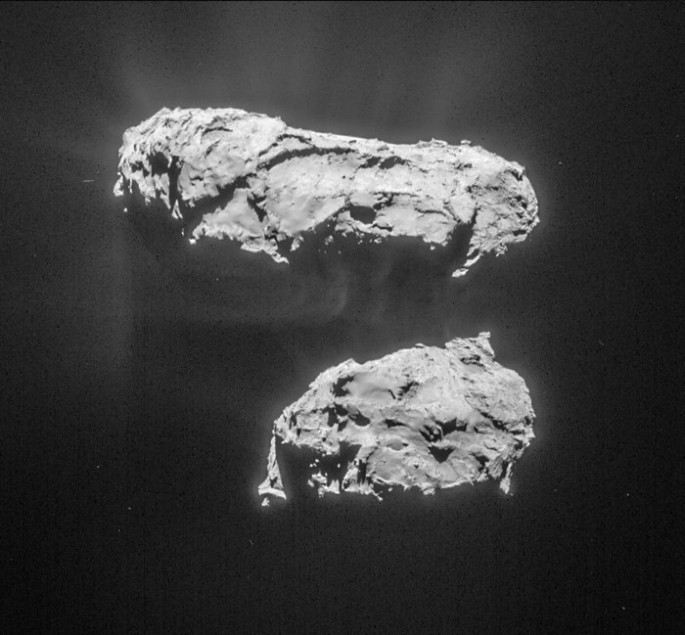The Rosetta spacecraft of The European Space Agency recently discovered that molecular nitrogen is on Comet 67P/Churyumov-Gerasimenko. According to new findings, it is likely that molecular nitrogen provided the main source of the element for the gas planets as it shows in the current environments of Titan, Triton and Pluto.
With possible clues about the emergence of the solar system, Rosetta's molecular nitrogen discovery is highly important because it has long been regarded as the most common type of nitrogen available when the solar system was being developed.
To affirm molecular nitrogen on the comet, 138 estimations by the Rosetta Orbiter Spectrometer for Ion and Neutral Analysis instrument (ROSINA) were investigated, according to Empire State Tribune.
The estimations were caught before the end of 2014, when the Rosetta test was approximately 10 km from the comet's center.
What the vicinity of molecular nitrogen implies is that there is a high possibility that the comet formed under some particular conditions. Temperatures must have dropped as low as -220ºC and possibly even as low as -250ºC for the particles to end up caught in the ice.
The researchers considered the degrees of both because it is necessary for comparative conditions to trap carbon monoxide. The proportion on account of Comet 67P/C-G was 25 times lower than normal.
According to the analysts, the ice shaping at the remarkably low temperatures found in the protosolar nebula is likely to have caused the consumption of these molecules.
What these discoveries suggest is that Jupiter-family comets were not the essential source of nitrogen for the atmosphere of the Earth.



























